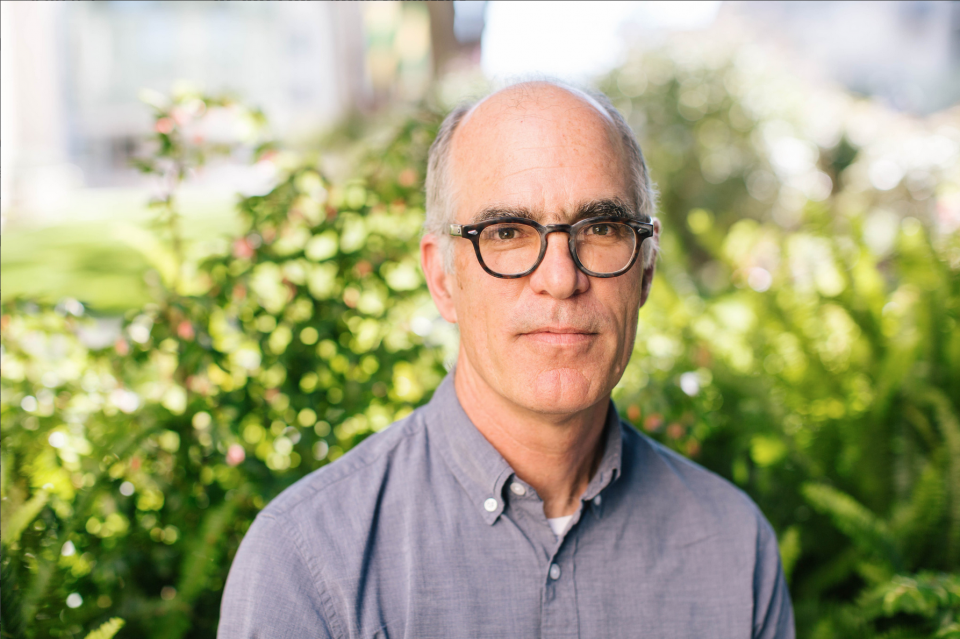New Delta Lead Scientist Seeks Improved Knowledge of Bay-Delta Interface
John Callaway, the incoming lead scientist of the Delta Science Program, was forthright in describing his initial reaction to the idea of his new job.
“When I saw the position, I guess I can say my first reaction was, ‘No way, I don’t want to get involved with all the crazy overwhelming issues of the Delta,’” he said. “But I thought about it more and thought it would be a great opportunity to get more involved in the science/management interface.”
Callaway, 54, was appointed lead scientist by the Delta Stewardship Council on July 27. He assumed the position on Aug. 2.
Part of the Delta Stewardship Council, the Delta Science Program is charged with creating information that is “unbiased, relevant, authoritative, integrated across state and federal agencies, and communicated to Bay-Delta decision-makers, agency managers, stakeholders, the scientific community, and the public,” according to the Council’s website.
While it has many roles to play, Callaway said at its heart, the Science Program serves to be “a neutral science voice that has a lot of integrity and recognition for presenting the information and current understanding and providing leadership to identify how to move things forward.”
Moving things forward in the Delta is to aim at a constantly moving target within the state-mandated co-equal goals of providing a more reliable water supply for California and protecting, restoring and enhancing the Delta ecosystem. Meanwhile, the proposal to build twin tunnels beneath the Delta to convey water for export has added another layer of complexity.
Creating a Broader Perspective
While much of the attention is rightly focused on the struggle of endangered fish, there is a broader perspective to consider, according to Callaway.
“I think the challenge of the Delta is that it’s not just fish,” he said. “There are so many different issues and indicators and processes within the Delta that are important. Clearly, water is at the heart of everything but depending on your management perspective or your agency’s issue, you may be focusing more on water quality or water availability; fish, wetlands and birds [and] what makes management of the Delta so truly challenging is there are so many different biological and physical dynamics going on, all of which we are trying to maintain.”
Callaway, who served as the director of the master’s program in environmental management at the University of San Francisco, said beyond the initial priority of continuing the Science Program’s progress, there is room for improving understanding of the Bay-Delta nexus.
“From my Bay perspective, I think there’s a need to make a better effort to connect awareness and understanding across the Bay and the Delta,” he said. “They are not separate systems; they are totally integrated. There are regulatory boundaries and issues between them and I’m not saying the Delta Science Program needs to move into the Bay. I just think we need to improve communications, improve collaboration and work together so that we are mindful of what each of the different groups are doing.”
The constant battle between water supply and the environment in the Delta hinges on a plan of adaptive management that accounts for the high degree of variability in the system, Callaway said.
“Adaptive management is the idea that if there are uncertainties and we don’t really know exactly know how things work, we should be much more mindful of how we make adjustments within the system and make a serious effort to learn as we manage and evaluate so we can make the connection between the actions we are doing and what the effects are on the things that we want to try and maintain, like a healthy fish population or high-quality water availability,” he said









